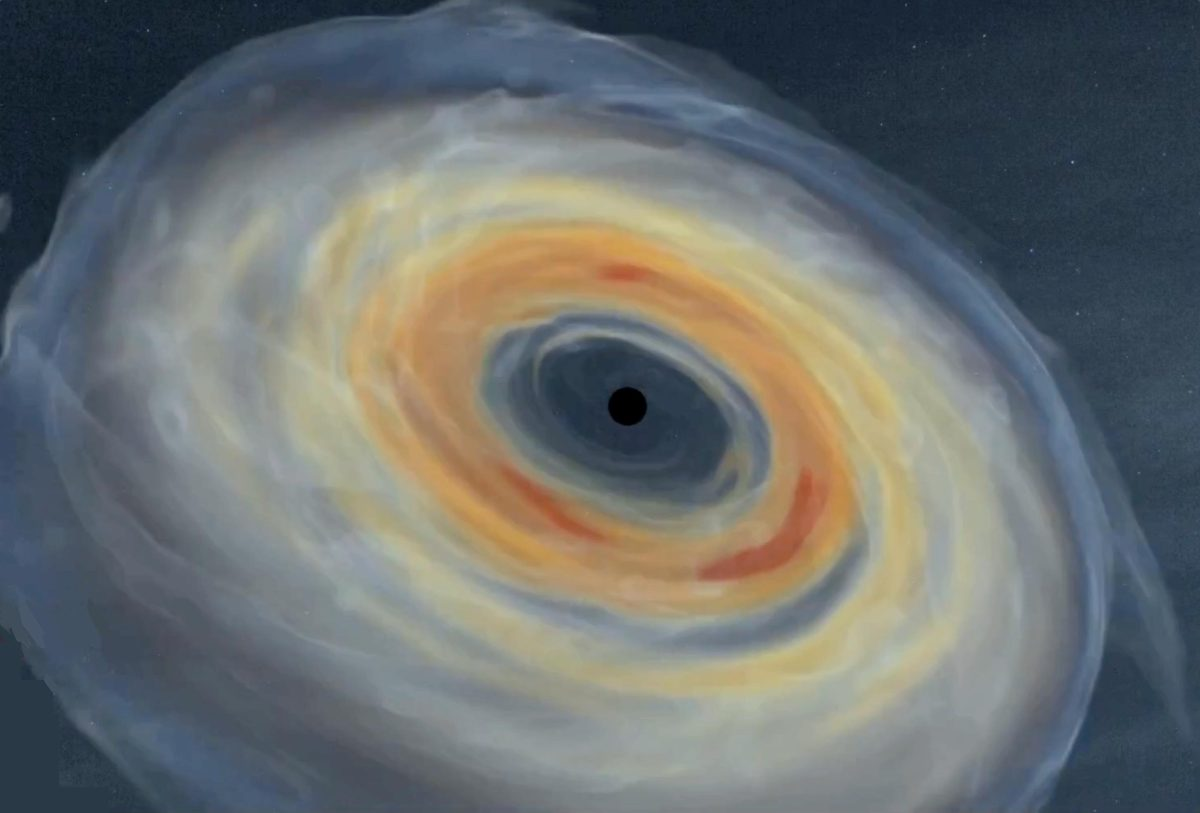"After the death of a massive, spinning star, a disk of material forms around the central black hole. As the material cools and falls into the black hole, new research suggests that detectable gravitational waves are created. Credit: Ore Gottlieb" (ScitechDaily, Dying Stars Send Out Gravitational Waves Across the Universe)
Gravitational waves that originate in dying stars are interesting.
Previously, astronomers believed that only black holes could send gravity waves that are so high, that the sensors can detect them. But the thing that dying stars send gravitational waves, that we can observe is also incredible. The precise moment when those waves leave from the dying stars is also interesting. That tells about the structure that pushes those waves to space.
If gravitational waves form when the supernova explosion is going on that means that the explosion's shockwave creates those waves. In some other models, the gravity waves form when the star collapses. At that moment the collapsing star and withdrawing material form the whirls in the gravitational field.
When the material collapses its density grows. That thing makes the gravity field around it stronger. Also, the gravity field's density grows. One thing that denies the possibility of vaporizing or dismantling the material or singularity of the form of material, is where all quantum fields and particles are packed in one point.
This reaction is interesting. There is an energy wall that takes quantum fields with it. That energy or wave movement wall pushes gravitational waves away. At the same time that energy packs all material in the star into one homogenous object called singularity.
In the singularity, the entire star collapsed into one point. The star is packed in a homogenous structure that is smaller than a proton or neutron. We can compile that situation with the situation where people compile cast iron balls with the same size steel balls. Cast iron is a homogenous structure and that's why it's heavier than steel. In some models, the researchers use a cast iron ball to make the first artificial black hole.
The size of that black hole is less than pinpoint. And it requires energy pumping to keep its form. When the system shuts down the energy pump the black hole vaporizes immediately.
Synthetic black holes could revolutionize energy production, science, computing, and communication because quantum computers can put their plasma rings into the superposition and entanglement. Or the spacecraft can use those things as a power source. When the energy pump to those miniature black holes ends, the black hole vaporizes and releases energy, that is stored in it.
The outcoming quantum fields press against the gravity field or gravity pothole very strongly. If we think that the gravity center is an object at the bottom of the pothole, the outside gravity fields press the pothole at a longer distance. And that thing denies the pothole filling. Things like maser effects are also possible in the gravity pothole. And there can be the energy, or gravity string in the middle of the pothole.
Theoretically, any object can turn to a stable black hole, if the energy level at material disk around it is high enough. That energy from the material disk keeps the black hole in its form. And without it, even the largest black holes can lose their material. The reason why large black holes vaporize slower than small or low-mass black holes is that they have more mass than small black holes. And the smallest black holes vaporize immediately when they lose their energy pump.
https://scitechdaily.com/dying-stars-send-out-gravitational-waves-across-the-universe/




No comments:
Post a Comment
Note: Only a member of this blog may post a comment.